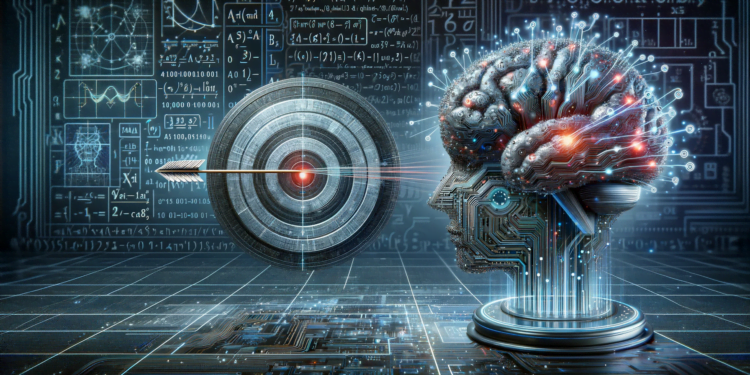The realm of Artificial Intelligence (AI) is vast and complex, comprised of technical jargon that often overwhelms even those working in the field. One term that stands out for its critical importance is “accuracy,” a key metric in evaluating the performance of AI models. This article will delve into this metric, exploring its technical implications, applications, and limitations, while also offering a holistic and integrative perspective in the current AI landscape.
Accuracy: The Fundamental Metric in AI
Within the domain of machine learning and AI, accuracy is defined as the fraction of the total number of predictions that a model makes correctly. It serves as an initial indicator of a model’s effectiveness, and its calculation is relatively straightforward: the number of correct predictions divided by the total number of predictions made, expressed as a percentage. However, this simplicity often leads to an overestimation of its utility in deeply analyzing a model’s efficacy.
Understanding and Limitations
While informative, accuracy has limitations, particularly in contexts where the classes being predicted are imbalanced. For instance, consider an AI model designed to detect fraud in financial transactions where fraudulent instances represent only a small percentage of the total. A model that simply classifies all transactions as non-fraudulent will achieve high accuracy but will fail at identifying the critical instances of fraud. In such scenarios, other metrics like precision, recall, and F1 score provide a richer understanding of model performance.
Accuracy in Binary and Multiclass Classification Contexts
Accuracy takes on different shades in binary classification scenarios (where there are only two classes to predict) compared with multiclass classification. In the binary realm, it is common to complement the analysis with a Confusion Matrix that breaks down the results into true positives, false positives, true negatives, and false negatives. In multiclass classification, accuracy can be broken down by class to better understand the model’s strengths and weaknesses in identifying specific categories.
Impact on Real-World Applications
The impact of accuracy as a metric in real-world AI applications is considerable. In critical areas such as medical diagnosis, weather forecasting, and recommendation systems, a highly accurate model can mean the difference between a beneficial decision and a potentially catastrophic one. As AI becomes more incorporated into everyday life, understanding and improving accuracy are crucial for technological advancements and public trust in these systems.
Moving Beyond Accuracy: Towards Reliable AI Models
Looking to the future, the path to improving AI models includes recognizing that accuracy is just one part of a broader evaluation system. Researchers and developers continue to explore alternatives to complement or even replace accuracy, such as fairness metrics to ensure that models do not perpetuate or exacerbate existing biases.
Emerging Algorithms
Current algorithms are increasingly focused on techniques that employ approaches like deep learning and neural networks, which can capture complex patterns in massive data sets. However, these advanced models can be “black boxes,” making it difficult to understand how they arrive at a particular prediction. Interpretability and transparency in these models are vibrant areas of research, as they allow humans to trust and understand AI predictions, beyond the metric of accuracy.
Case Studies
An illustrative example of the multifaceted relevance of accuracy in AI comes from the healthcare sector, where Google’s DeepMind model for diagnosing eye diseases matched specialists in the precision of its diagnoses. Such AI usage has the potential to transform medical practice, enabling cheaper and more accessible diagnostics to a broader population.
Conclusions
While accuracy is a valuable metric for its clarity and ease of understanding, it cannot be analyzed in isolation when seeking AI models that are truly effective and fair. Advances in the field must consider a balance between accuracy and other performance metrics, while striving to maintain fairness, interpretability, and transparency in increasingly complex algorithms. The AI industry must commit to continuous education and adjustment of practices to stay at the forefront of learning model innovations.
The careful exploration and high valuation of accuracy in AI reveal that, although it is crucial, it is just one piece in the puzzle of technological and scientific progress. As we move towards a deeper integration of AI across all sectors, a detailed understanding and critical application of the accuracy metric will be decisive in designing reliable and efficient systems that meet the expectations and requirements of modern society.






















